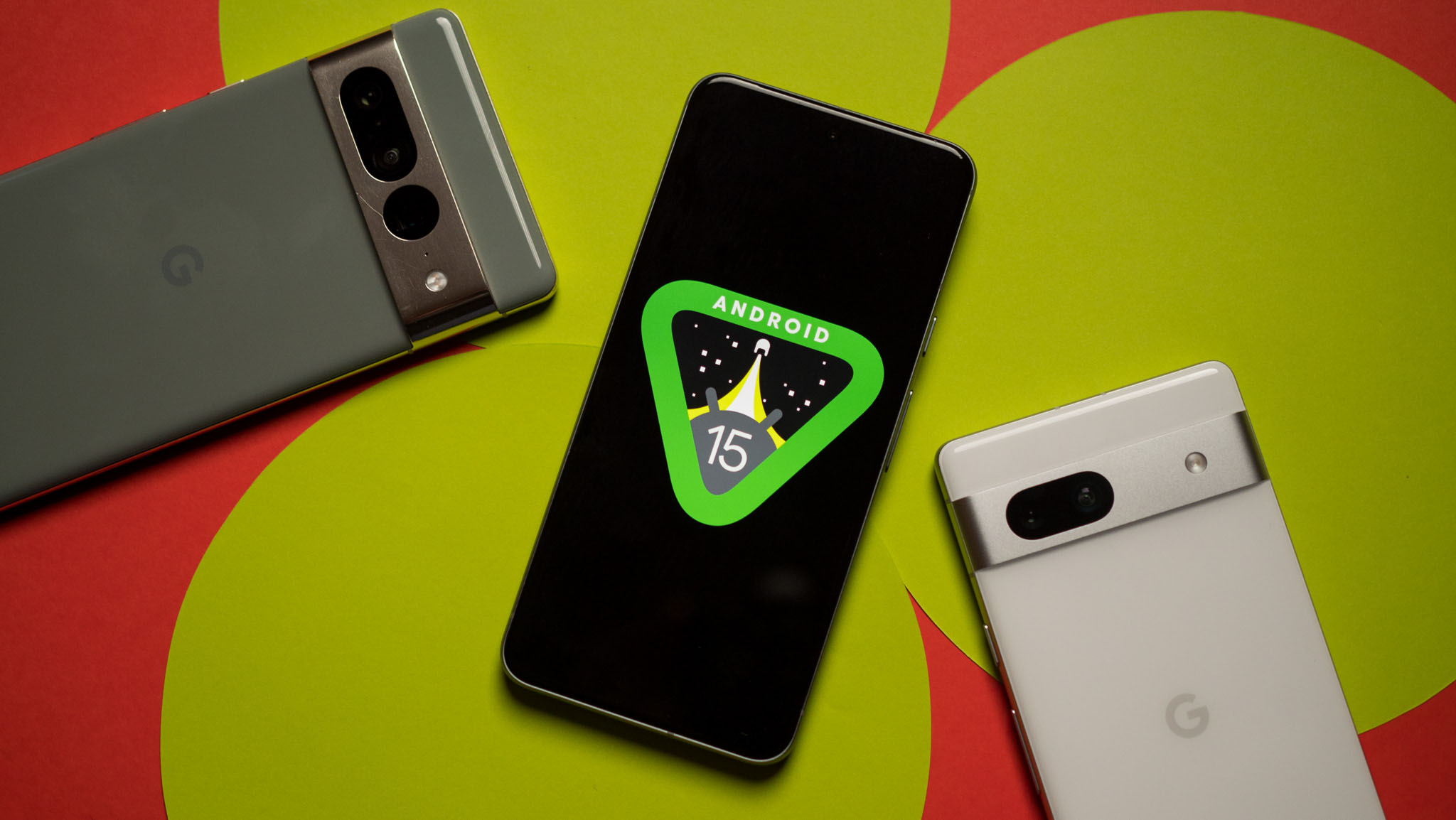
what you need to know
- Private Spaces will allegedly allow users to store private apps separately, with a dedicated Google account recommended for enhanced security.
- The feature will allow apps to be installed privately via a dedicated button or by long-pressing on the app outside of a private space.
- Private spaces will appear in the app drawer with a lock icon and can be customized, such as hiding the icon at your discretion.
The upcoming Private Spaces feature in Android 15 has appeared multiple times in various versions of the Android 14 Quarterly Platform Release (QPR) update. With the recent release of more code in the latest Android 14 QPR3 Beta 2.1 build, we’ve got a full look at how this feature works and what it will look like.
Back in December 2023, Mishaal Rahman revealed a new feature called Private Spaces, which was believed to be debuting in Android 15. At the time, no one knew much about it, it seemed like just a way to hide the app and keep files safely away from prying eyes.
A few days ago, more privacy options emerged, including the ability to automatically lock private spaces and hide sensitive information from the lock screen. It’s like Secure Folder on your Samsung Galaxy phone, where you choose what you want to protect and how. Now, a new report shows this privacy feature in action.
According to a video shared by Rahman on Android Authority, “Private Spaces” is described as a feature where you can hide private apps in separate corners of your phone. It also recommends using a dedicated Google account for added security.
Here’s the lowdown on private space
To get Private Space up and running, go to Settings, select Security & Privacy, and finally click Private Space. Once there, you’ll need to verify your identity. After that, you need to log in to your Google account to make it easier to add apps to your private space.
The setup process for Private Spaces is different from Samsung’s Locked Folders. It’s a bit complicated as it recommends setting up a separate Google account just for private space. The goal seems to be to ensure that your data and browsing history remain isolated in a private space and not mixed with your regular account. Nonetheless, users are still free to choose which Google account they prefer to use.
Another important update to Private Spaces is its ability to allow apps to be installed privately, keeping them hidden from external view. These apps are downloaded using a Google account linked to the space you created. Rahman said users can download apps within a private space using a dedicated “Install App” button or long-pressing on an app outside the space, which will prompt a “Private Install” option.
Once you open Private Space, you’ll see it at the bottom of your app drawer with a lock icon and a “Private” label. Just click on the icon to unlock it. You can adjust Private Space settings at any time, such as hiding icons in the app drawer to stay discreet. If you try to change any private space settings, you’ll need to unlock that feature first.
Some apps are automatically in your safe space, such as Google Chrome, Contacts, Drive, Files, Photos, and Play Store. If you want to add more apps, click “Install Apps” and select the apps you want. Alternatively, long press on the app and select “Private Install”.
Google has not officially announced the feature, but it is speculated that the upcoming Android 15 beta update may come with it.